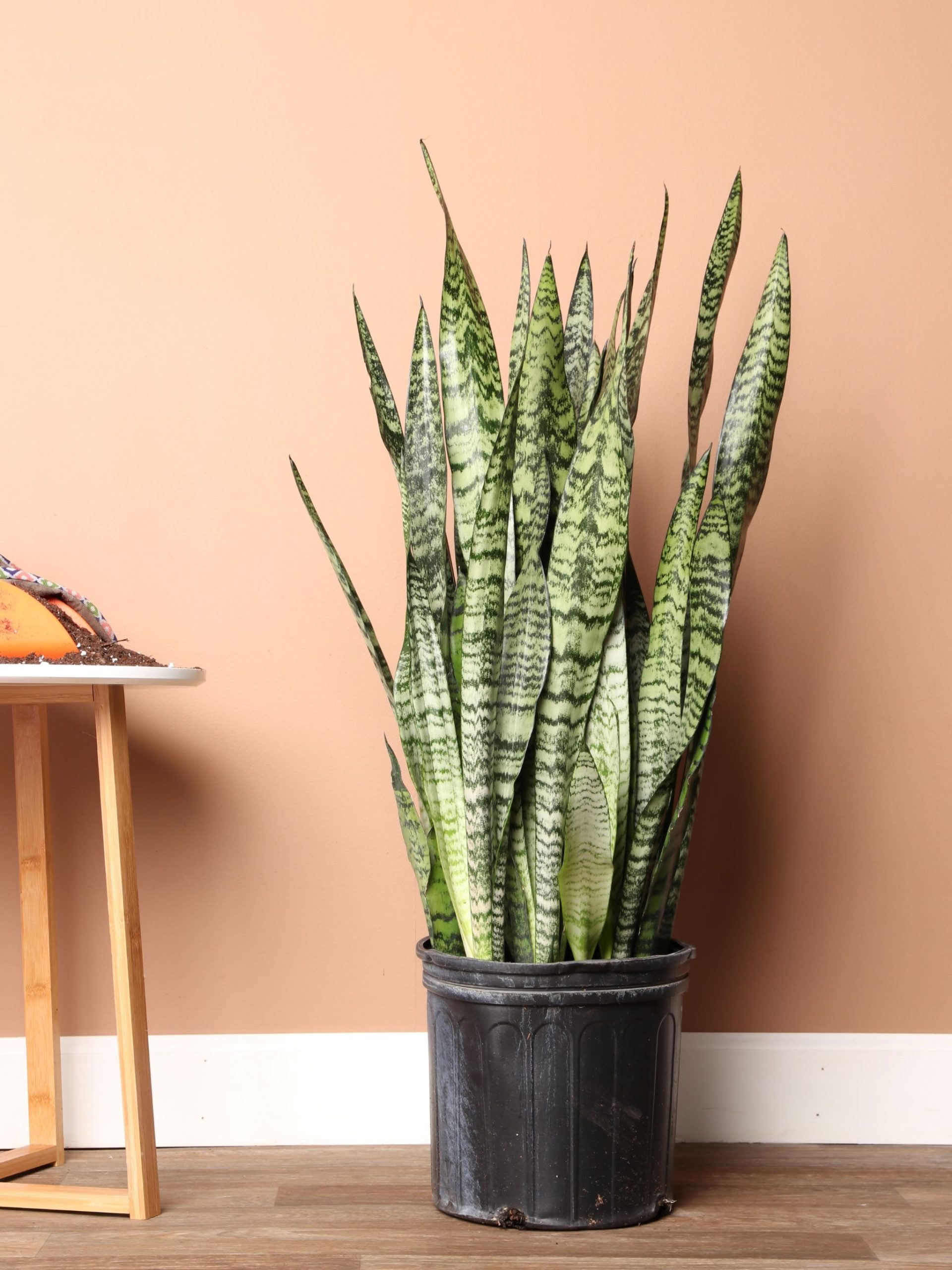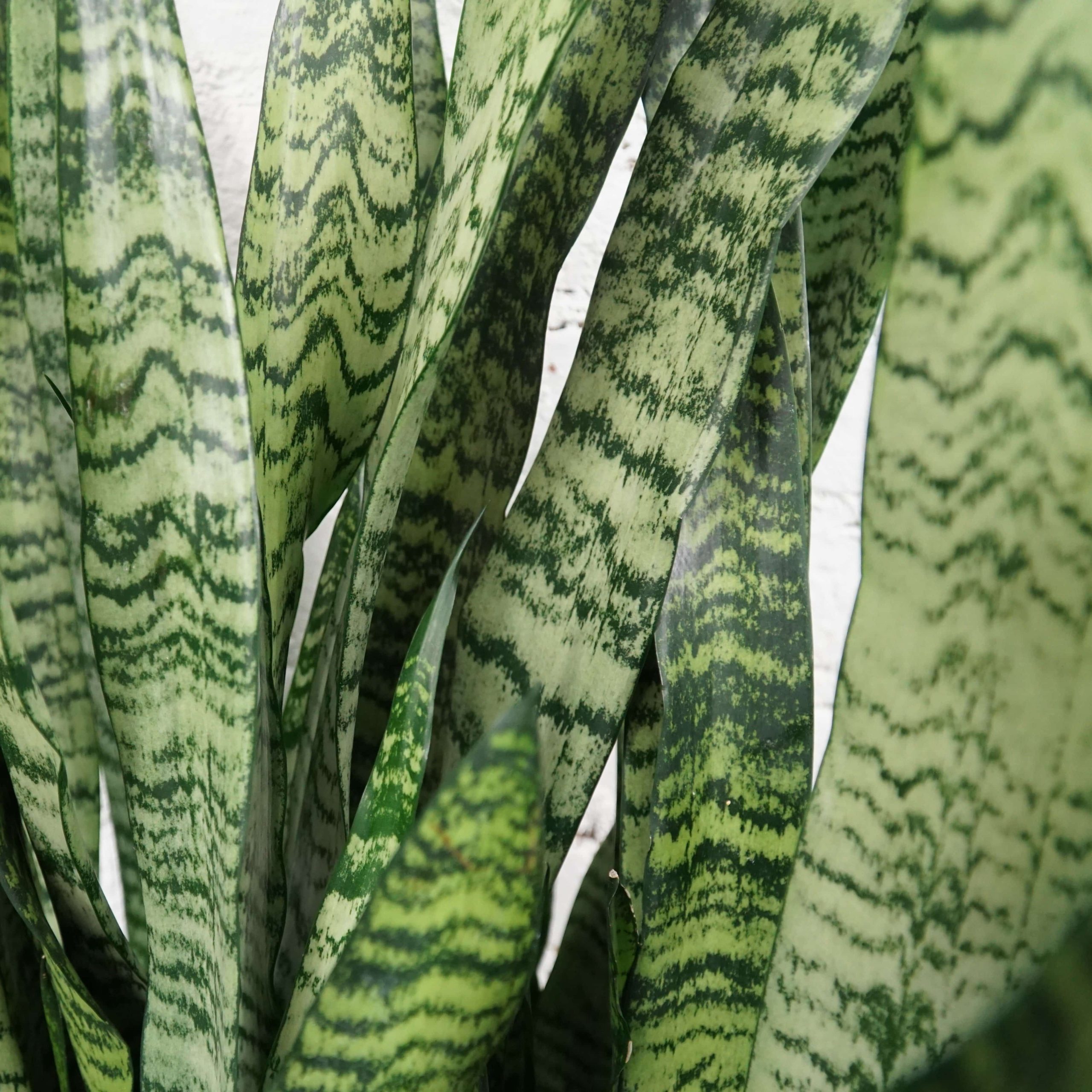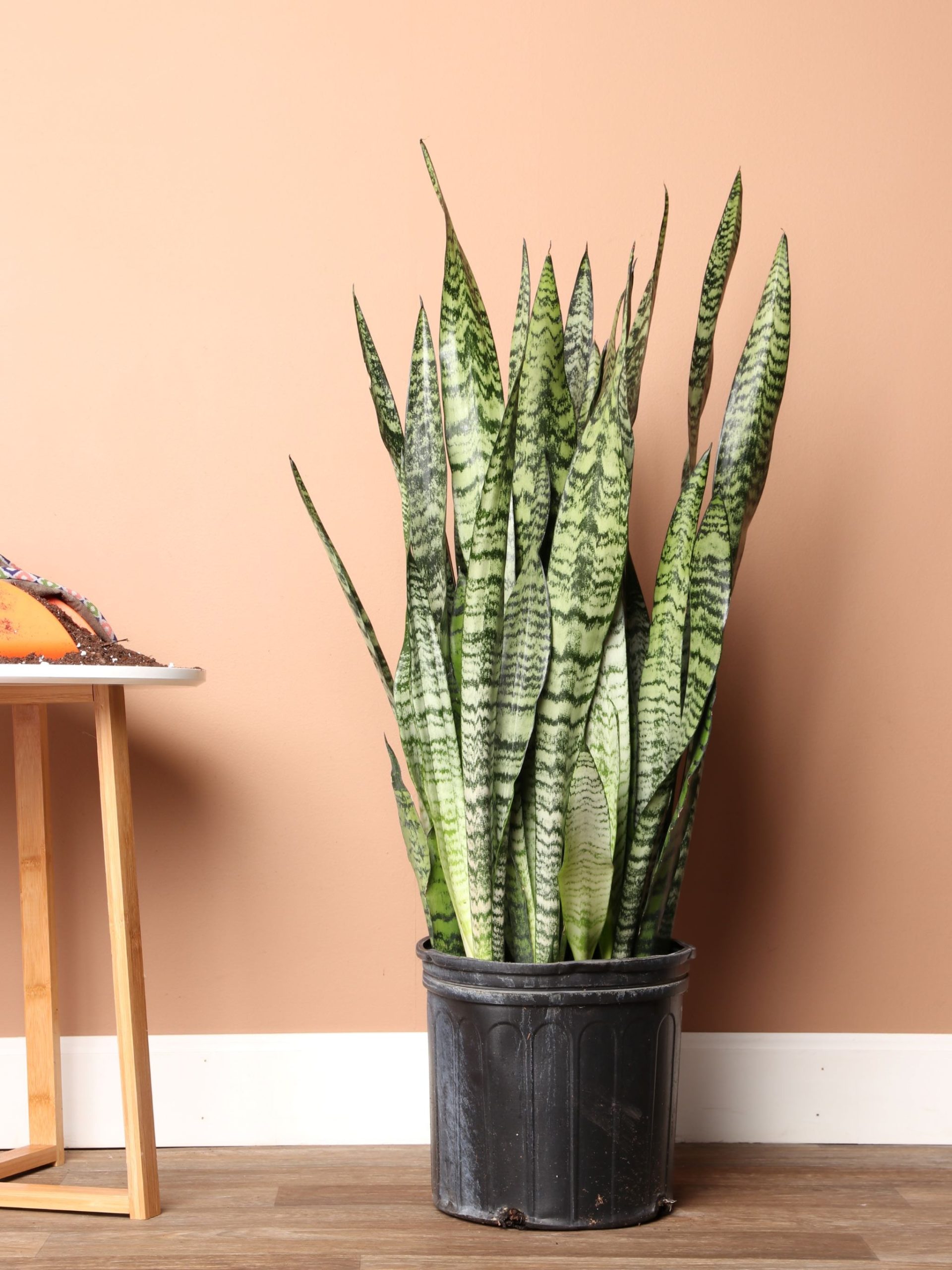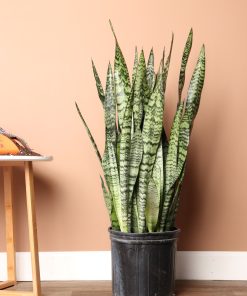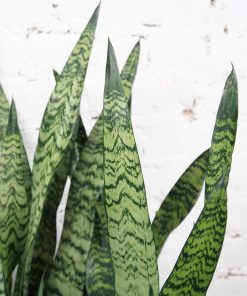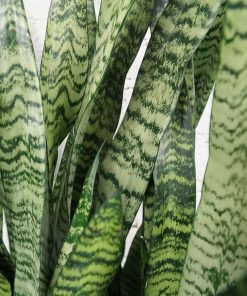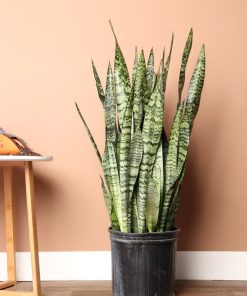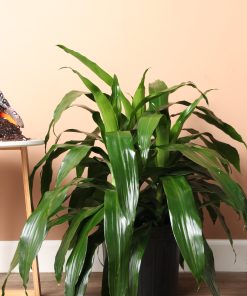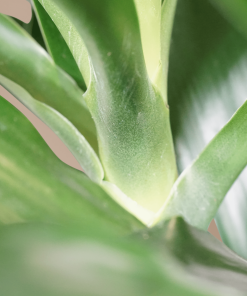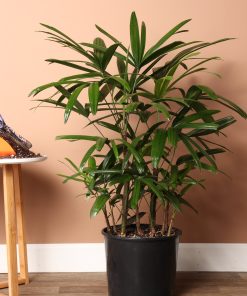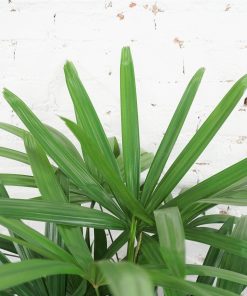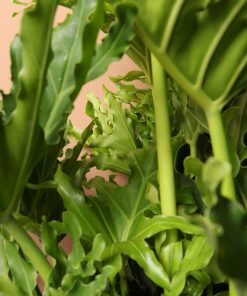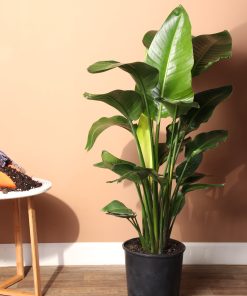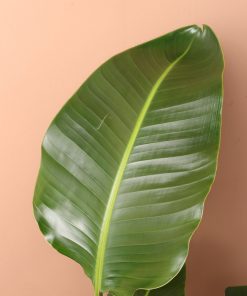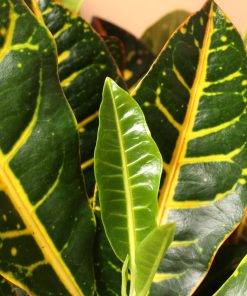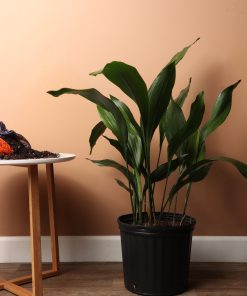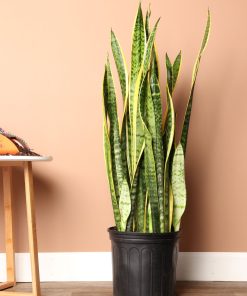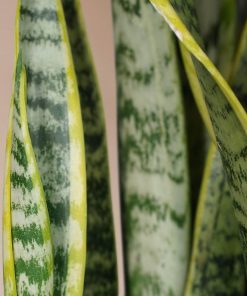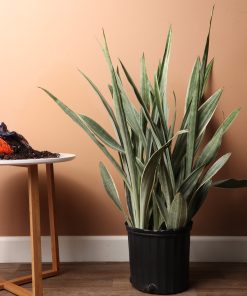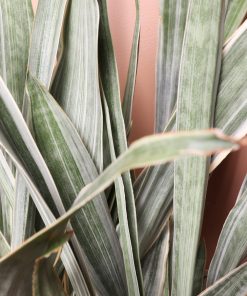Our snake plant is native to regions in Africa, Madagascar, and southern Asia. This specific type of snake plant, called the Zeylanica, or more specifically, the Sansevieria zeylanica. Customers nationwide can take advantage of our awesome eco-friendly packaging! We know you’ll love the striking Zeylanica foliage with a waterfall of greens along the tall, reed-like leaves. Not only is the snake plant a great addition to any room, it’s pretty difficult to kill, making it a great beginner plant. From the floor up, it’s several feet tall, and it’s leaves span wide.
Snake Plant Benefits
This emerald beauty has a few fun benefits. First, it can produce oxygen. This helps the air in the room be less stagnant and can help boost energy. Like most other plants, it also filters indoor air wherever it’s placed. This includes absorbing carbon dioxide. These properties all contribute to the plant’s ability to reduce airborne allergies. What can’t the Zeylanica do?
Skins and Scales
When looking at the snake plant from a distance, the name makes even more sense. The long, slender, leaves look like snake skins, especially once you consider their leaf variegation as well as their shape. Each Zeylanica has a unique set of sage and forest green hues that have a jagged zig-zag design, making it look like the scales of a snake from far.
A Running Stream
The snake plant really makes the imagination go wild when you look at it. When you’re up close, the markings on the tall, thin leaves look like a flowing stream. The wavy bright and dark greens that swirl throughout the entire leaf paired with a glossy sheen really give it the appearance of running water (or snake scales). What do you see when you look at the snake plant?
Misunderstood
This particular snake plant looks a lot like the Sansevieria trifasciata (another beautiful plant we have in our store), and is often mistaken for it. The leaves of both can look alike and have similar markings. Other names for the Trifasciata are mother-in-law’s-tongue, devil’s tongue, or…(wait for it) the snake plant. Easy to see how that’s confusing right? The Trifasciata is much brighter then the Zeylanica however, with sunshine yellow markings along the edges of the leaves and splashed along the middle, compared to the Zeylanica’s darker hues.
Now that you’re an expert with the Snake Plant Zeylanica, order this plant by 7PM est to get this plant shipped out of our greenhouse in New Jersey tomorrow (if you are wondering the arrival time, check with the zipcode validator on top of the Add To Cart). Seriously, our plant shipping solution is truly protective and innovative to ensure your plants arrive safe and intact! In case you were still wondering, we WILL send out the EXACT plant that you picked out, just like that of a local nursery or garden center, except we have more and fresher plants to choose from and you can’t find our PAFE fine ceramic planter options anywhere else other than our website 🙂
For any other questions or concerns, please don’t hesitate to reach out to us

